Dan Edwards - Aug 2025

Struggling to work out which of the many options to take forward? Well, dot voting might help you out.
Dot voting is the simple act of allocating votes (dots) to activities. It’s a technique we frequently apply in retrospectives when it’s not clear which activities should be taken forward. Folks would be allocated 4 dots each, the dots are then placed on the sticky-note representing the action to be taken forward. The dots can be placed on a single or multiple activities, but all dots must be placed. At the end of the voting, you can can tally up the dots and you should have a clear indication of the groups preference on which activity or activities to take forward.
Sometimes teams prefer to weight the dots, giving some dots more value than others, ie, 4,3,2,1. We’ve rarely found this helpful but this isn’t a one size fits all approach, weighting may work for you. We found that whenever there is a close result, it’s worth discussing those items further to understand the difference in perception of those activities.
People may be tempted to follow the lead of their boss, or jump on the bandwagon of the most popular options. One option here is to introduce anonymity to the voting. There are some online tools to help with this, but if you’re colocated, then simply ranking the items on individual slips of paper for the facilitator to reveal the result once everyone has voted.
The value of the voting is typically decreased if there are too many options.
Remove duplicates - Have the facilitator and the team group the options to eliminate duplicates prior to the voting round.
Group items - Give the team fewer options by grouping a number of options together and create more abstract categories, then break this down in a future round of voting.